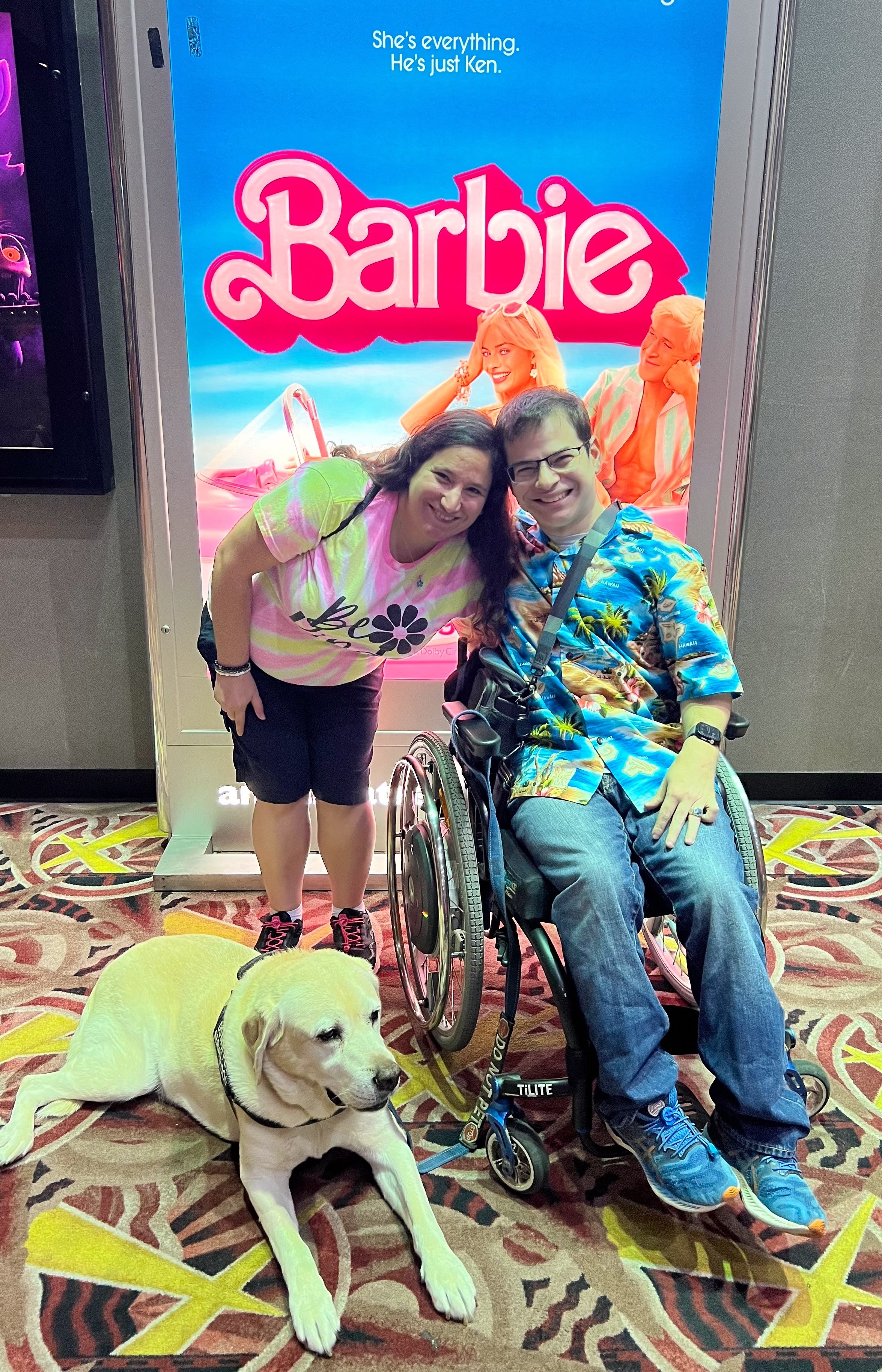Wheelchair users are seen in the Rose Garden at the White House as President Biden delivers remarks during an ADA celebration.
For the vast majority of my life I've navigated the intricate maze of the Americans with Disabilities Act (ADA). Designed to ensure equal access for all, the ADA has been instrumental in ensuring the rights of disabled people. Yet, in practice, the reality often falls short of the promise. Julie Reiskin, a fellow wheelchair user, captured this sentiment perfectly, telling USA TODAY, "It would be really nice if I could look at a website and have reliable information."
This disparity between expectation and reality isn't just about websites. It extends to physical spaces too. For instance, booking an ADA-compliant hotel room might promise a slightly bigger bathroom, but what's the use if I can't even enter the room due to a heavy door or lack of actuators? This isn't just an inconvenience; it's a barrier that hinders true accessibility.
My personal experiences mirror those of many others in the disability community. Just this summer, I voiced my concerns about a local Starbucks, a place I've frequented for nearly a decade. Their response? They were "in compliance with the ADA." But true access goes beyond mere compliance. Deborah Laufer's journey, involving over 600 cases filed for similar reasons, and now a pending Supreme Court of the U.S. case remarked, "I sometimes ended up sleeping in my car because I could not get an accessible room at a hotel."
The crux of the matter is that the ADA should be viewed as a starting point, not the end goal. True accessibility and inclusion mean going beyond the minimum requirements. As Shira Wakschlag of The Arc of the United States emphasized to Disability Scoop, "ADA testers are essential to ensuring the rights of people with disabilities are enforced and protected."
In our quest for a more inclusive world, let's not just aim for the floor; let's reach for the ceiling. Let's not just be compliant; let's be truly accessible.
Following the Supreme Court overturning of affirmative action earlier this summer, many disability advocates, myself included, expressed concerns about the ADA being next on the chopping block. Sadly, it looks as though our fears were not unfounded.
I invite you to join the conversation, share your experiences, and together, let's push for a world where accessibility is not just a legal requirement but a heartfelt commitment.
'Sleeping in my car.' This Supreme Court case could change how disabled Americans book hotel rooms










